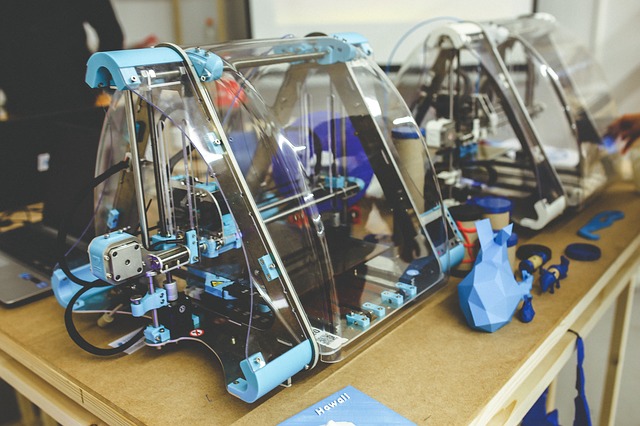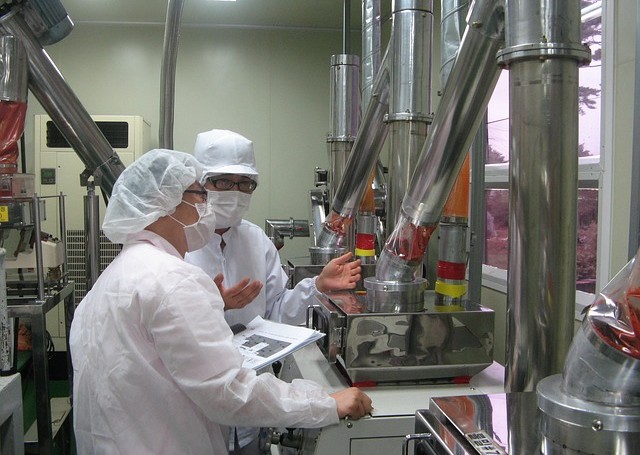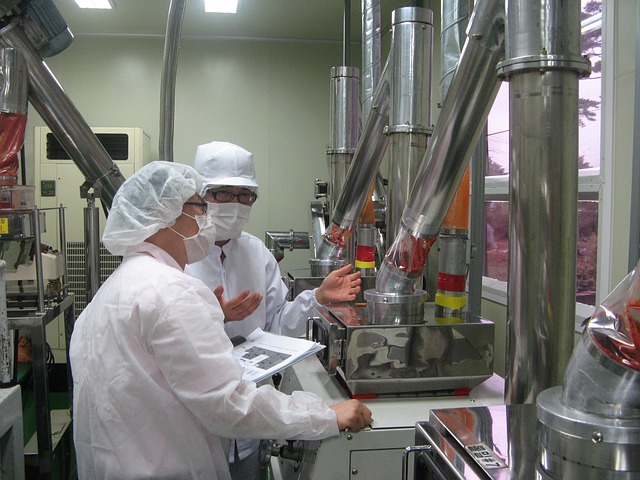Is it possible that do-it-yourself manufacturing could one day be a reality where the vast majority of products are concerned?
Similar to how the Internet helped to level the playing field, 3D printing could well do the same in the manufacturing sector.
With 3D printing, very soon you might not need all the capital to be able to make things. Soon, everyone will have the opportunity to produce hundreds of their own goods, at least on a small scale.
3D printing is being applied to everything from concrete to chocolate and even cells. It’s being used by corporations and consumers alike, who understand how the technology has the potential to give them a competitive advantage, whether it’s in business or just to save the individual some money.
3D Printing for all?
3D printing isn’t a new technology. It’s actually be around for years. However, it was only recently given its cool new moniker, whereas before it was known by the much more stale term “additive manufacturing”, which meant creating products layer by layer. However, the term 3D printing has taken over as the technology has now become cheap enough to be “consumer-friendly”, which means the vast majority of people can take advantage of it. In addition, new techniques and advances have been made, and the Internet is helping to make it more popular.
The technology has come so far that industry is now bracing itself for change. Manufacturing for the masses is set to become the next big industrial revolution, allowing everyone to take part in the process. This will be similar to the time when computers were made widely available to the public, having previously been restricted to only big companies and governments.
Today, 3D printing can be done at home, in the office, at schools, inside hospitals, meaning non-manufacturers can now manufacture all kinds of items.
As a result of its popularity, 3D printing is also being considered by numerous new industries, including the aerospace, automotive, defense and healthcare sectors. With 3D printers now capable of printing new materials, and producing bigger objects at that, it’s now possible to manufacture all kinds of complex things, such as aircraft parts, more aerodynamic car parts, and so on. In the future, the military might be able to manufacture spare parts right on the battlefield.
This article was brought to you by the Norwegian packaging company Pall-Pack AS. Pakkemaskiner is Norwegian and means packaging machines. With the widest range of packaging machines, we have the right one for you.


